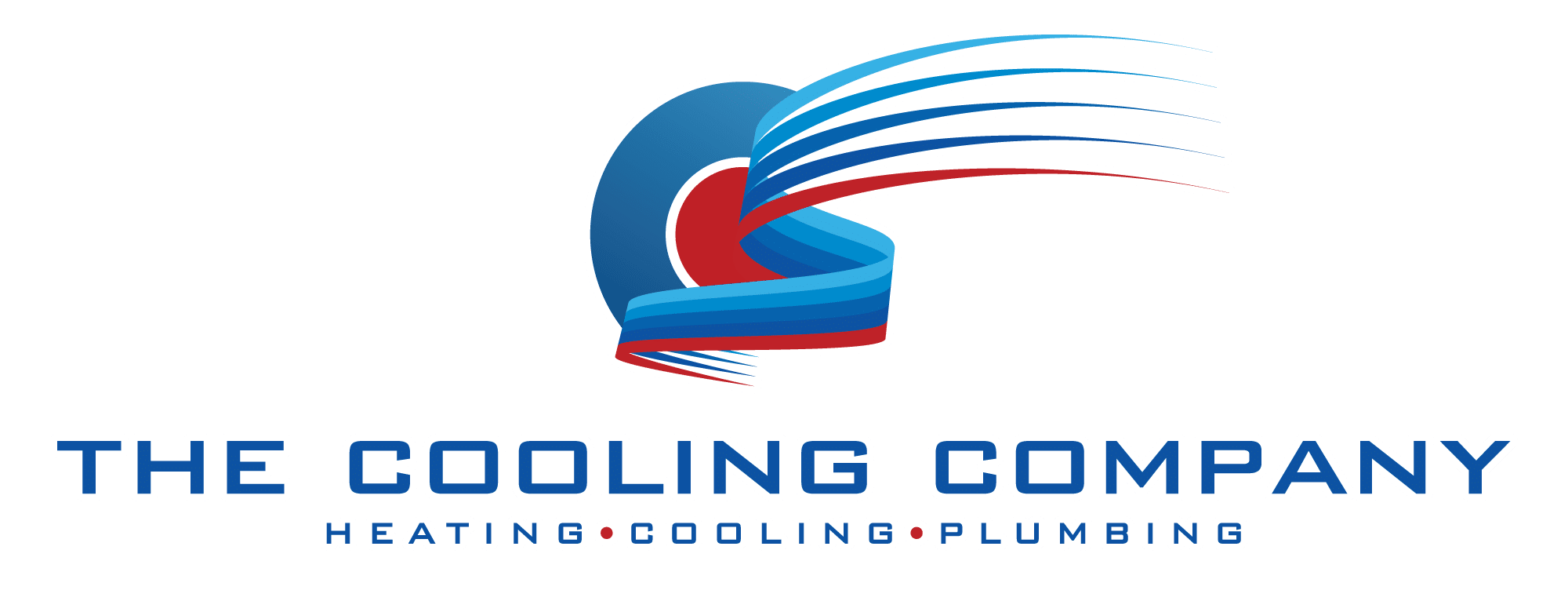When buying a new HVAC unit, you may often see the term “VRF HVAC” appearing a lot, sparking curiosity among potential occupants. But what exactly is VRF HVAC? This term describes a ductless HVAC system that has the ability to cool or heat multiple zones within a building. What does the term actually mean, and what are the potential advantages or key features of a VRF HVAC system, as opposed to a standard one? This guide will cover all you need to know about VRF system HVAC in terms of its capacity to manage different zones and its multi-mode operation.
What Is VRF in HVAC?
The technology has been around since the 1960s, but it has only become popular in homes in recent years in the United States due to its ability to provide efficient climate control for all occupants. The main reason for this is the system’s energy consumption. A VRF system, which operates on a ductless mode, can produce up to 40% more energy than a traditional HVAC system without sacrificing high-end homeowners’ comfort or quality of life. It also allows for greater customization of temperature settings throughout your home or in individual zones, enhancing its appeal.
A significant advantage of a VRF system is that it uses less power than traditional systems. This is because it doesn’t require ductwork and uses less electricity overall. There are fewer moving parts in the system, and its unique ability to provide ventilation to different zones allows for nearly instant temperature changes. VRF runs with minimal effort from homeowners or the maintenance staff who manage these systems daily.
So, a VRF system, especially one that is ductless and has multi-zone capacity, is a fantastic way to heat and cool your home. However, before you invest, it’s important to understand what a VRF system is, how it works, and why you need one.
Furthermore, a VRF HVAC system uses a series of pipes called “coils” to distribute hot or cold air throughout your home. Each zone gets individual attention from these coils. The system uses refrigerant gas to distribute this air, though it can also be used to heat water on demand. These pipes are either looped throughout the walls of your home or located in a central location in your home’s mechanical room.
VRF System Operation
So, we know what is VRF HVAC, but how does a VRF HVAC system actually work with air conditioners? Well, VRF, or variable refrigerant flow, systems operate by passing the refrigerant through the condenser units to the indoor units directly. This takes advantage of smaller pipes and less need for large duct systems or air handlers. Ultimately, this offers big energy savings and is ideal for both homes and commercial buildings.
What Is VRF?
So, what is VRF in terms of HVAC? VRF is simply an acronym that stands for variable refrigerant flow describing how the refrigerant can flow through the air conditioners system without the need for extensive ductwork. Multiple indoor units in different zones can all run on the same VRF system HVAC, and they’re capable of simultaneous heating and cooling.
What Is The Difference Between VRF And VRV?
There actually isn’t any real difference between VRF and VRV, as they both refer to the same kind of technology and AC systems. The only difference is that “VRV” is a trademarked term that can only be used by the Daikin brand. VRF, on the other hand, is the more general term used by other brands and manufacturers in the HVAC industry when referring to this multi-zone system.
How Does VRF Work?
The mode of operation of a VRF system is quite fascinating. The refrigerant gas is dense when it leaves the compressor and enters the Condenser Coil. As the gas expands through this coil, it loses some of its heat energy due to this increased density. However, when it enters the evaporator coil, it expands again due to its lower pressure and temperature, an effective capacity that supports the system’s ability to provide robust cooling and heating in various zones.
Its heat energy, harnessed through an advanced heat recovery system inclusive of innovative elements like inverter compressors, is then released into your home as warm air! This can be especially beneficial in the colder months, providing the right amount of heat, regulated through a user-friendly thermostat.
What Are The Types Of VRF Systems?
There are multiple varieties of VRF systems—the logo of which is easily identifiable on our products—, including:
- Air-cooled: Uses the outside air to cool down the home.
- Water-cooled: Relies on the water to aid with heat transfer.
- Three-pipe: Useful for heating one area and cooling another simultaneously.
- Two-pipe: Also capable of heating and cooling, but not simultaneously.
What Are The Benefits Of A VRF System?
VRF Advanced Technology, part of our array of services, has been around for a while now and is one of the most popular systems for new apartments and homes in Vegas. So if you’re considering building a new home, here’s an enticing proposition: Project into the future and consider installing this technology.
VRF systems, operating with a deft combination of fans and inverter compressors, can reduce energy use in your home by as much as 40%. Because they keep temperatures consistent and even, VRF systems help to deliver better indoor air quality throughout your home. This means you can breathe easier while enjoying everything your new construction offers.
Easy maintenance: With VRF technology, there’s no need for regular maintenance or expensive repairs. These products are just a part of our services to make you feel at home without having to worry about complicated systems or unexpected operational costs.
Energy efficiency
In general, a VRF heat pump system will be very energy efficient. It won’t use up as much energy as traditional models with long networks of ducts, which can help home and business owners save money on their energy bills and reduce their carbon footprints. So, a VRF can be both an economical and eco-friendly choice for any home or business. Here, the magic lies within the system’s inverter compressors and a well-tuned thermostat.
Customizable temperature settings
Another big benefit of VRF units as opposed to more traditional heat recovery systems is that you can customize and adjust the temperature as needed. With three-pipe systems, it’s even possible to have one room heating up and another one cooling down, simply by tweaking the thermostat, and the user can precisely control the various temperatures all throughout the building. This defines smart climate control, and provides flexibility in order to cater to individual comfort needs within the same building.
Sleek and compact
While traditional HVAC systems can take up lots of interior space with ductwork and big outdoor units, VRF systems are much more compact. They don’t require long ducts; thereby, they can therefore be installed in buildings more cheaply and easily, with less labor needed for the HVAC contractor or fans for ventilation. By taking up less room, they’re much more convenient to install and work with in general.
Scalability
Another unique advantage of VRF systems is their scalability. They can be scaled up to work with multiple indoor units to cool down and heat up buildings of varying sizes, instead of having to be replaced or upgraded. This is great for businesses and commercial buildings which may have certain areas occupied or unoccupied over time, with HVAC scaled up or down accordingly. It’s like ordering a custom jacket – it fits every nook and corner perfectly!
Quiet
VRF systems are also surprisingly quiet when in operation, thanks in large part to their integrated fans. They’re almost silent, without the usual hums and vibrations that come along with many HVAC systems. This can be useful in spaces where people want to sleep and rest or communicate without having to deal with the frustrations of ambient noises and vibrations in the background.
Easy to install
Without the need for ductwork installations and other problems, VRF systems are super simple to set up. The ease of installation makes them an attractive feature of our services. They’re also relatively easy to repair, which can help people save money whenever they need air conditioner service in Las Vegas. Just another reason to consider VRF systems for your next project! In general, for users of modern HVAC solutions, both installing and looking after a VRF system is far less hassle than a traditional HVAC unit with lots of ductwork and units. This type of system proves to be particularly effective given varying climate conditions and individual room requirements, eliminating the need for complex plumbing and ductwork.
Is VRF Better Than Split AC?
There are pros and cons on both sides. The efficiency and multiple applications of VRF systems make them very useful in large spaces, like commercial buildings or two and three-story homes with varying cooling needs. However, for smaller properties or customers with smaller spaces, a split AC system may suffice, depending on the particular application.
Why Do You Need a VRF HVAC System for Your New Home?
There are many reasons to make the VRF system a part of your apartment or home. VRF systems, with their advanced HVAC technology, are great for anyone who desires a comfortable, energy-efficient living environment that caters to the lowest possible energy savings.
If you’re looking to save money on your electric bill while still enjoying the comforts of your home, then a VRF system, tailored to user’s needs and specifications, is exactly what you need.
You’ll probably be surprised by how much power an average HVAC equipment uses. This is especially true if you opt for central air conditioning or heating in your large home, as these units require significant amounts of electricity to run effectively.
With a VRF system, however, you can mitigate these costs significantly because each room has its own temperature control equipment, independent of shared ductwork or other components. This means each room can be controlled to meet individual requirements.
Since each room has its unit, the need for routine maintenance is significantly reduced, occurring only when something breaks down due to wear and tear over time.
VRF systems also help reduce noise pollution. For example, if you have an open floor plan, then a VRF system will help keep sound from traveling between rooms, ensuring you’ll enjoy peace and quiet when desired.
Installing Your VRF System
The Cooling Company has been providing heating, cooling, and VRF systems to homes for years. We understand how important it is to have an HVAC system that keeps your home comfortable, efficient, and tailored to the unique requirements of our customers.
If you’re considering building a new luxury home, navigating the vast array of HVAC technologies can be daunting. One thing is sure: the more energy-efficient your new home will be, the better it is for your wallet and for a reduced carbon footprint on the environment.
Contact us today to learn more about how The Cooling Company can introduce this cutting-edge HVAC technology into your new home!
Overall, it seems that VRF systems are the HVAC choice of the future. They’re more efficient than traditional HVAC systems of the past, taking up less space, offering futureproof scalability, and even saving people money by using less energy, too. With so many compelling benefits, it’s no surprise that a growing number of homes and businesses are opting for VRF HVAC installation.



